After facing several delays over the last two years, the Delhi-Dehradun expressway is expected to open for public use in February 2026. Under construction by the National Highways Authority of India (NHAI), the Delhi-Dehradun Expressway was originally scheduled for completion in December 2024. But due to construction issues, the government of India revealed in a Rajya Sabha response in July that a revised deadline has been set for October 2025.
Now the project has faced another roadblock and will not be made operational for the public until February, towards the end of the ongoing winter season. According to a report by Hindustan Times, the new deadline has been set at the behest of the Prime Minister’s Office (PMO), which advised the Ministry
of Road Transport and Highways (MoRTH) to inaugurate the expressway only after all four of its phases are completed and found fit for vehicular turnout.
Four Phases Of Delhi-Dehradun Expressway
The Delhi-Dehradun Expressway is divided into four phases, with the first one beginning near Akshardham temple in Delhi and passing through Geeta Colony, Shastri Park, Mandola Vihar, before ultimately ending at Khekra in Baghpat. This phase of the expressway has been ready for six months and has helped several Delhi commuters evade the local flooding and waterlogged roads in the city in September after removing the barriers.
The second phase of the expressway spanning Baghpat to Saharanpur is also nearly complete. A third phase aimed at widening the existing stretch between Saharanpur Bypass and Ganeshpur is at an advanced stage of construction.
The fourth phase near Dehradun has safety-related measures and other activities going on over its elevated section and tunnels. During the monsoon season, the government authorities ensured that precautionary work was undertaken on the expressway to counter flooding.
“The remaining tasks, such as flood protection near the Daat Kali temple, installation of mobile towers, and tunnel finishing, are expected to be completed by November 2025,” said an NHAI official, as quoted by Hindustan Times.
More On The Expressway
Planned to ease the mobility of transport between the two busy cities, the Delhi-Dehradun expressway will connect regions like Baghpat, Baraut, Shamli and Saharanpur before finishing in Uttarakhand. It had its foundation stone laid by Union Minister Nitin Gadkari in February 2021, before Prime Minister Narendra Modi laid its ceremonial foundation in December that year.
Once operational, the expressway will help travellers navigate through 100 underpasses and five railway overbridges. It will connect with the Delhi-Mumbai expressway, apart from the Eastern Peripheral Expressway and routes leading towards Uttarakhand’s popular cities like Haridwar and Roorkee.
Among many highlights of the expressway is a designated 12-km-long elevated corridor through Rajaji National Park. When operational, this corridor will be Asia’s longest wildlife corridor. It will feature six animal underpasses, enabling the safest movement of wildlife species.
While immensely beneficial for commuters, the expressway has faced criticism over deforestation issues. In its Rajya Sabha reply, the GOI confirmed that nearly 17,913 trees were cut down or transplanted to enable its construction. To compensate for it, the NHAI has since planted over 50,600 trees and given Rs 40 crore to the forest departments based in Uttar Pradesh and Uttarakhand. In March, NHAI faced a fine from the National Green Tribunal (NGT) for not submitting and clarifying adequate details of its afforestation plans.
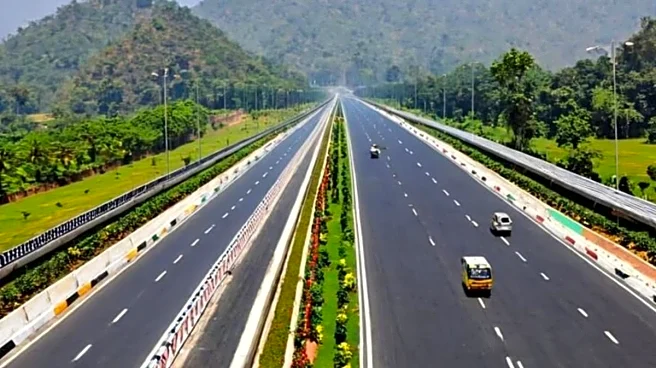

/images/ppid_59c68470-image-176218503344931154.webp)

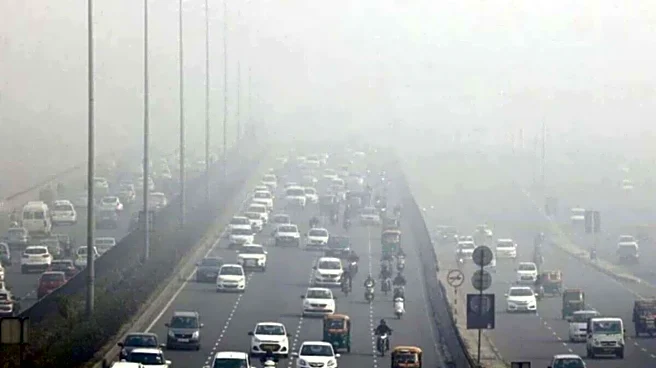

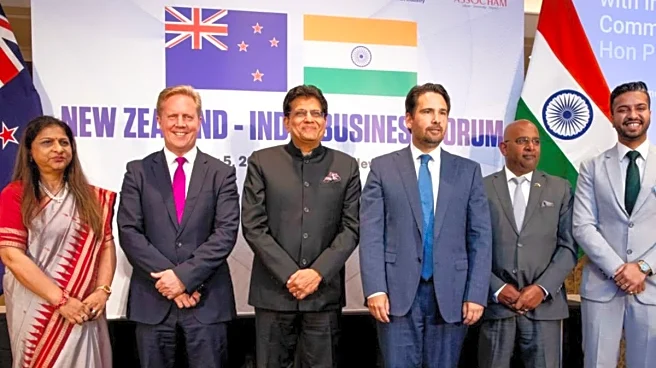
/images/ppid_59c68470-image-176241003785792903.webp)

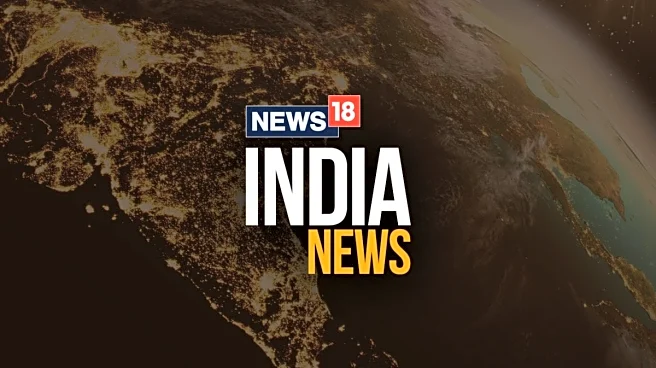
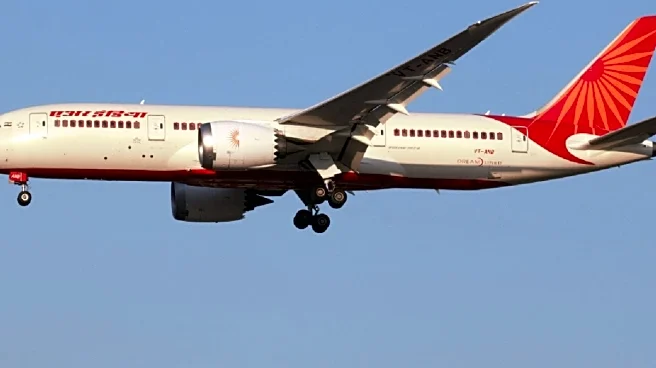
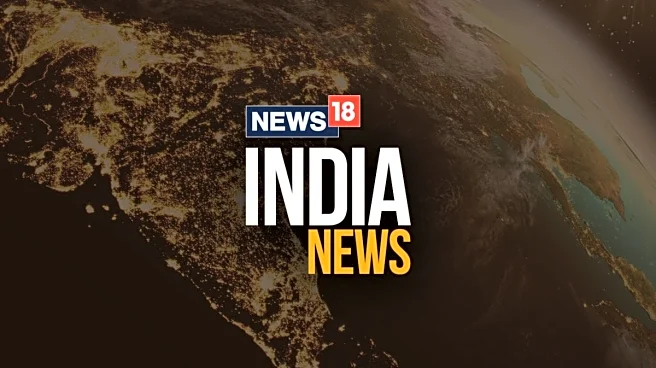
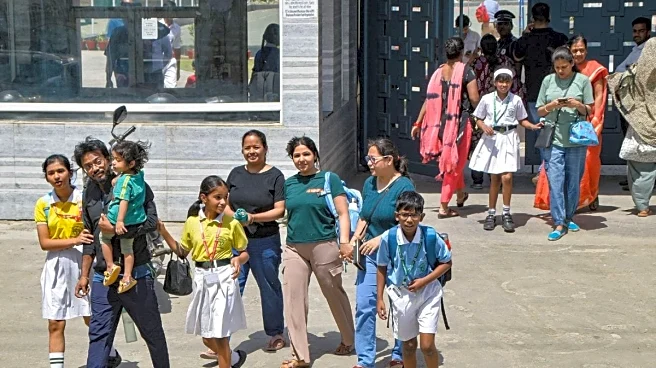

/images/ppid_59c68470-image-176215005529357126.webp)